-
 Published: Nov 27, 2024
Published: Nov 27, 2024
-
 8 min. read
8 min. read
-
 Macy Storm
Macy Storm Content Marketing Consultant
Content Marketing Consultant
- Macy is a content marketing consultant with over five years of experience creating content for dozens of industries including home services, recreation, and education. She’s written about every marketing topic under the sun, from SEO to AI to email marketing. Her work has been featured by Search Engine Journal, HubSpot, Entrepreneur, Clutch, and more. In her free time, Macy enjoys crafting, reading comic books, and walking her dog Daisy.
G-E-O.
No, it’s not short for geography or geology — it’s generative engine optimization, a hot new buzzword that’s taking off as artificial intelligence (AI)-based search platforms gain popularity (Think ChatGPT and Perplexity).
While GEO is relatively new, it’s going to become an integral part of your search strategy — which means it’s time to start prepping and optimizing for it now.
Keep reading to learn everything you need to know about GEO, including:
- What is generative engine optimization?
- Why you should care about GEO
- GEO vs. search engine optimization (SEO)
- How to start doing GEO
P.S. To stay on top of hot and trending topics like GEO, join our email list for the latest marketing insights!
What is generative engine optimization?
Generative engine optimization (GEO) involves optimizing your website’s content to appear in generative AI search results, like Google AI Overviews, and generative AI tools, like ChatGPT and Claude. The goal is to increase visibility in AI-generated results.
Why should I care about GEO?
The reality is that more people are using ChatGPT, TeamAI, and other generative AI platforms to get quick answers. This is especially true with the younger generation —in fact, 70% of Gen Zers use generative AI and 52% of them trust it to help them make decisions. That means there will be a shift in how users search for information online, and your strategy needs to adapt to it.
Now, that doesn’t mean Google is going away and SEO is going out the door. Google still remains the dominant search platform for getting information, discovering businesses, and finding products. But generative AI platforms will play an integral role in the user’s buying journey, so it can’t be ignored.
That’s why it’s important to create a search strategy that includes SEO and GEO.
Generative engine optimization vs. search engine optimization: What’s the difference?
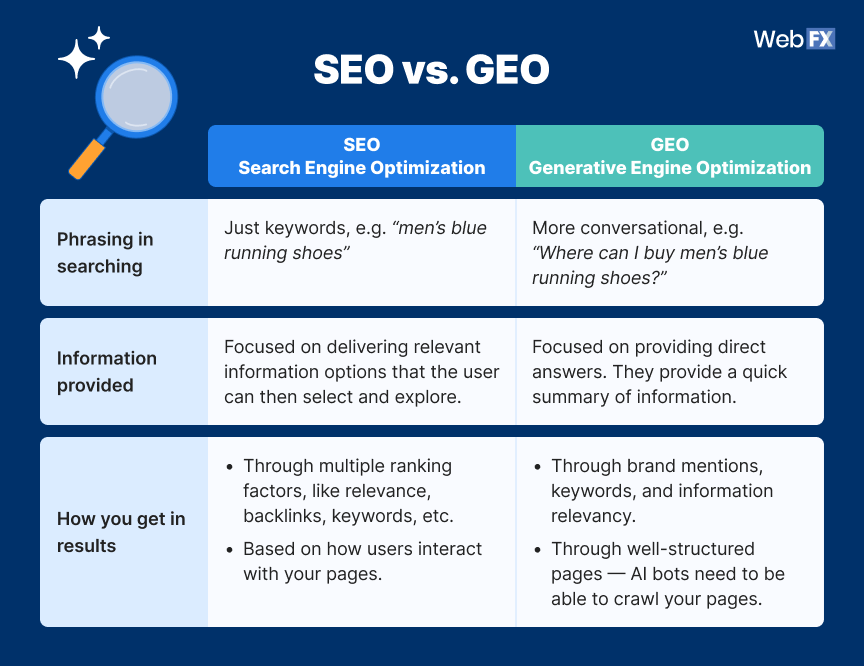
So as I mentioned, you need a strategy that includes both GEO and SEO. But that may leave you scratching your head — how is GEO different from SEO?
When you look at GEO vs. SEO, consider these differences:
Phrasing in searching
A big difference between GEO and SEO is phrasing in searching. When you search on an engine like Google, you know how to phrase your query to appeal to search engines. If you wanted to find a pair of men’s blue running shoes, you’d type “men’s blue running shoes:”
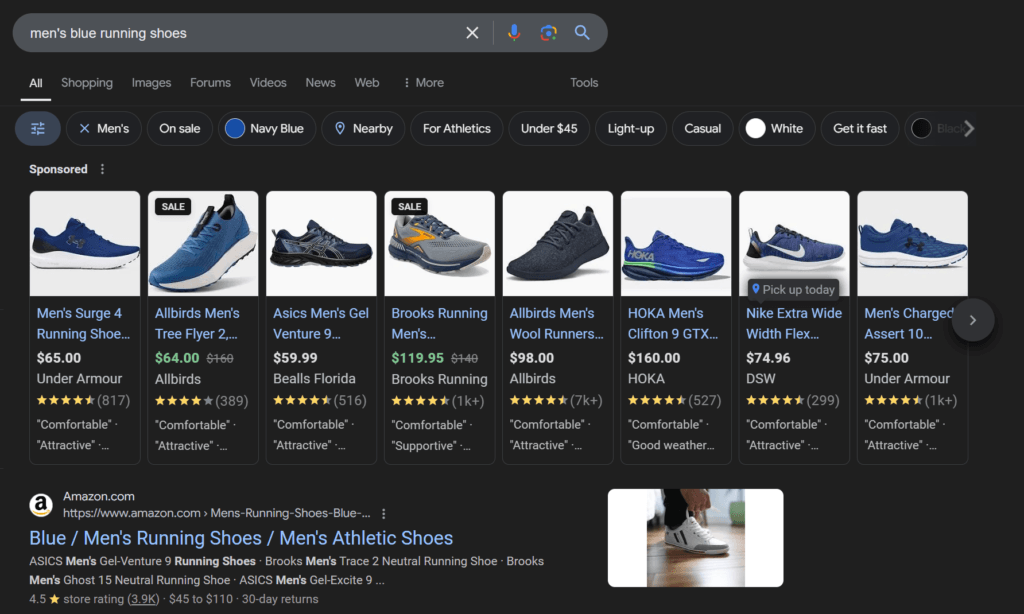
On a generative engine, that query would look different — it’s more conversational. Instead, you might say, “Where can I buy men’s running shoes that are blue?” or “Where can I buy men’s blue running shoes?”
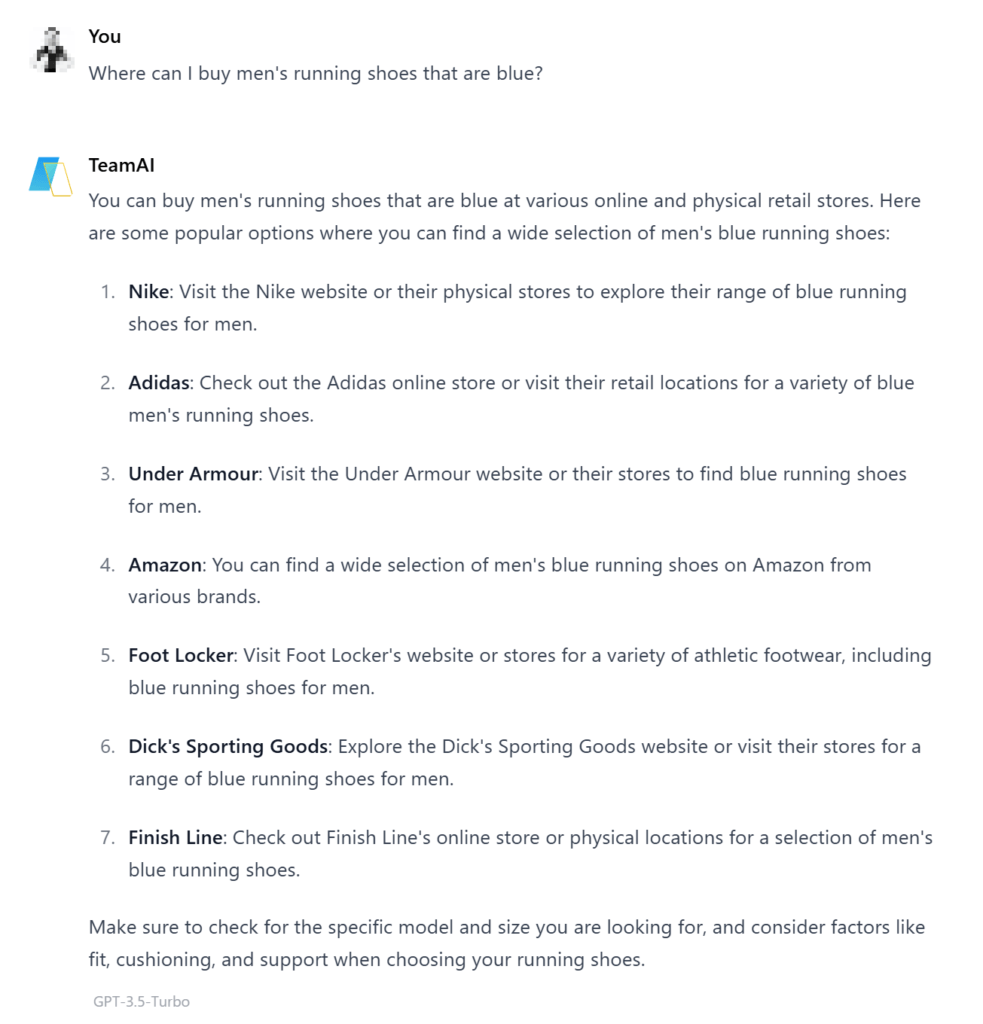
With generative AI, the phrasing is more conversational than a typical search engine. So, that means instead of optimizing just for keywords, like you do in SEO, you’re optimizing more for conversational phrases along with keywords.
Information provided
When looking at GEO vs. SEO, you’ll see that the output of information you get is different, which calls for different optimization strategies.
Search engines focus on delivering relevant information options that the user can then select and explore based on what looks most relevant. With SEO, the focus is on delivering a helpful piece of content or descriptive product listing to meet the search query needs. The goal is to get that page to rank for a targeted search query:
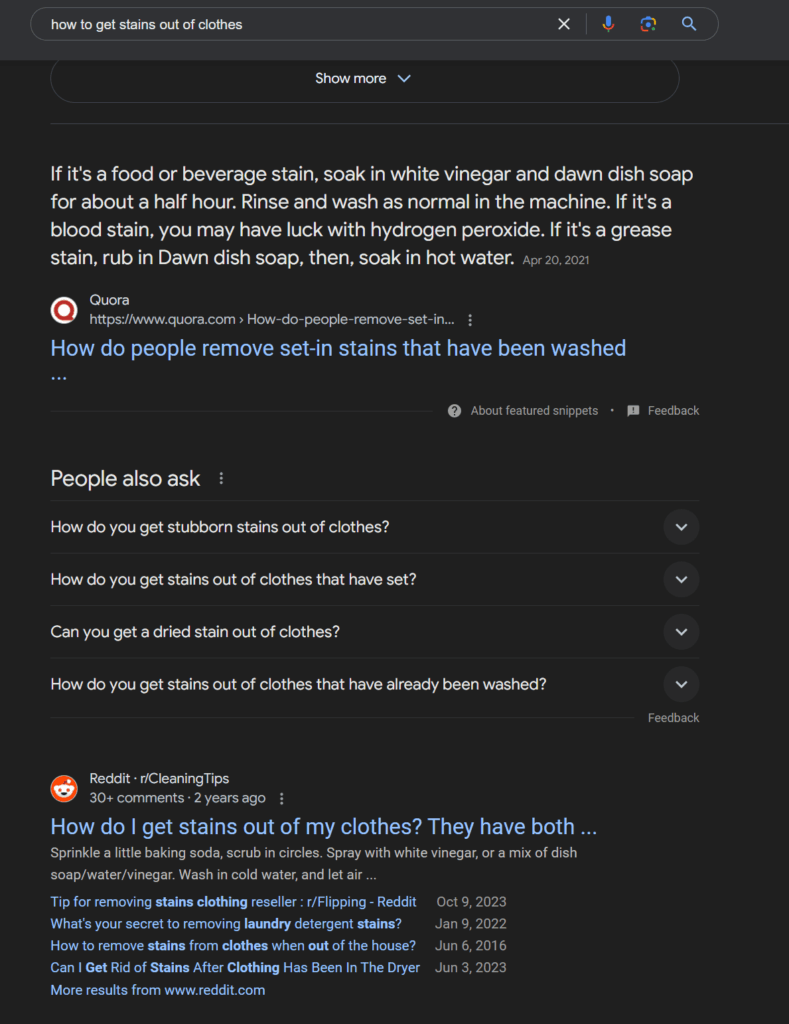
With generative engines, the focus is on providing direct answers. They provide a summary of information about whatever was searched — some models will cite the sources they pulled their answer from. But the ultimate goal is to give users a quick summary of information regarding what they searched.
So, with generative engines, the focus is more on answering questions directly and concisely to appear in these results.
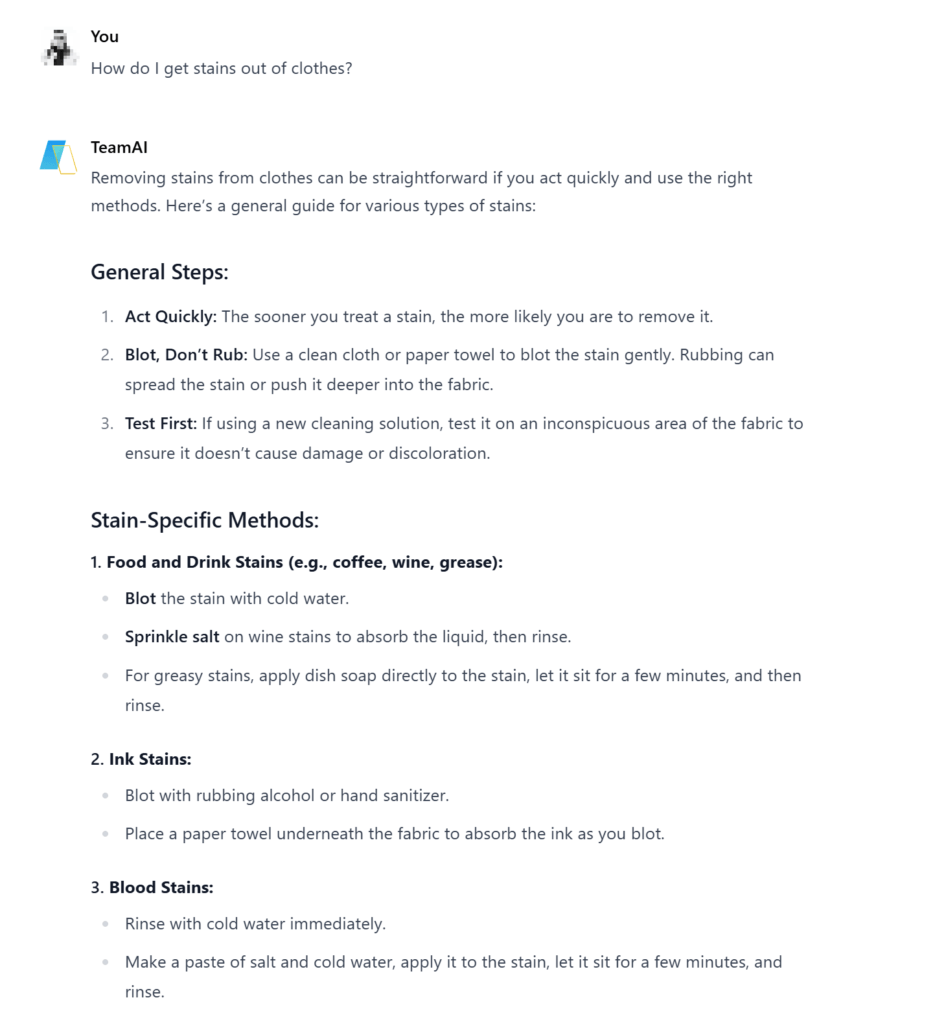
How you get in results
A big difference between GEO and SEO is how you get your business in search results. Traditional search engines and generative search engines take different approaches to determining what content to include in search results.
With traditional search engines like Google, it involves relying on an intricate algorithm that includes multiple ranking factors, like relevance, backlinks, keywords, and more. It’s also based on how users interact with your pages — longer dwell times indicate relevance, which can boost rankings in search results.
For generative AI engines, you get in results through brand mentions, keywords, and information relevancy. Well-structured pages also have an impact on your ability to appear in generative search results — AI bots need to be able to crawl your pages and grab information from them to know if your information is relevant to deliver.
So, when looking at GEO vs. SEO, you’ll see that getting in search results for these two engines requires two slightly differing approaches.
How to start doing GEO
If you want to increase your visibility across platforms users search, you need to take an OmniSEO™ approach — that is, an omnichannel approach that incorporates GEO and SEO.
So, in addition to your traditional SEO strategy, you’ll want to follow these best practices to optimize for generative search engines:
1. Answer questions directly in your content
Generative engines operate with the goal of delivering information quickly to searchers. They want to deliver a direct and clear summary to searchers — which means you need to optimize for that with your website’s content.
Think of it like optimizing for position zero/featured snippets. Your goal is to answer the question concisely, factually, and in a way that’s easy to understand. Taking that approach with GEO will help you provide direct information that generative AI platforms seek out for their responses.
Pro Tip: Make sure your content is easily readable. AI bots don’t have time to process complicated or confusing sentences. Short, clear sentences structured with scannable headings and short paragraphs will make your content appealing to search engines.
2. Back up your content with facts
Generative engines want to provide users with factual, accurate information. Some of them even cite the sources where they pulled the information, like Copilot and Google’s AI overviews.
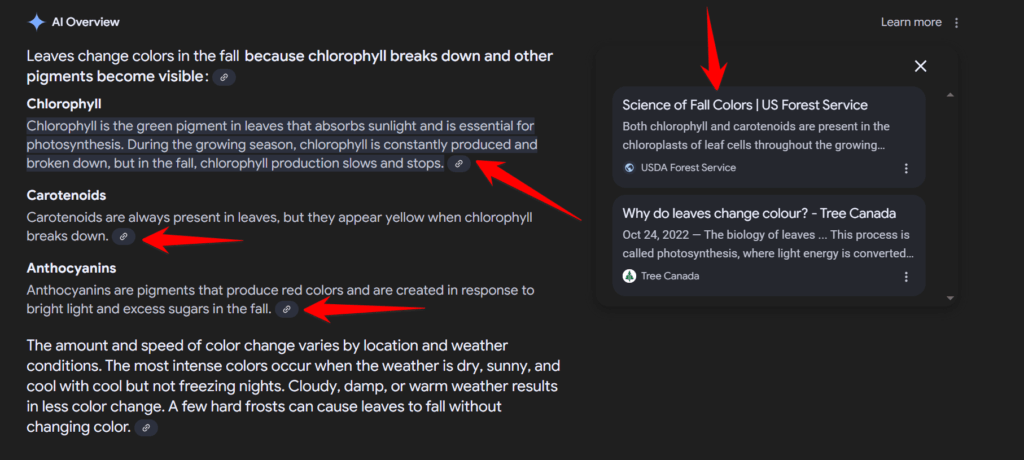
Providing information that’s supported with statistics, facts, and case studies is helpful for ranking in generative engines. It helps solidify the validity of your content, which makes it more likely to appear in an AI search result. It also helps with building your trust and authority as a credible industry resource (which helps with SEO, too!)
3. Optimize for conversational queries
A key component of the OmniSEO™️ approach to generative engine optimization is to optimize for conversational queries. As mentioned earlier, people search on generative AI platforms like they’re having a conversation with someone. The queries are often posed as questions rather than keywords put in a phrase.
That means creating content that targets these conversational queries, so you have a better chance of appearing in AI search results.
So, if someone was looking for the best taco place in Dallas, you would optimize for the conversational query “Where can I get the best taco in Dallas?” or “Where can I find the best Mexican restaurant in Dallas?”
4. Build up your brand
If you want to appear in more generative AI results, you need to build up your brand. Generative AI platforms want to highlight trustworthy, known brands. That means you need to build your brand by securing reviews, posting content on third-party websites, and building a name for yourself outside your website is crucial.
The more known you can make your brand, the better your chances of appearing in generative AI results.
FAQ on GEO
Is GEO replacing SEO?
No. The reality is that search engines aren’t going anywhere anytime soon. They still serve as the most dominant place to get information, find products, and explore businesses. GEO is more of a supplement to your SEO strategy — it helps you cover other platforms where people search for information.
It’s also important to keep in mind that AI search engines are mostly helpful for top-of-the-funnel and middle-of-the-funnel queries. Search engines like Google still dominate for bottom-of-the-funnel queries.
Take the query about where to buy men’s blue running shoes as an example. Generative engines provide a list of retailers, but not direct links to different pairs of blue shoes from those retailers. That means the user still has to go and search for the company, and then explore their blue shoe options — not ideal.
Google, on the other hand, provides direct links to blue shoes. Google Shopping ads appear at the top of the query, allowing people to browse different shoe styles and click on the one that interests them the most. They can also see prices, ratings, and other important information — this is a better shopping experience than a generative AI platform can provide.
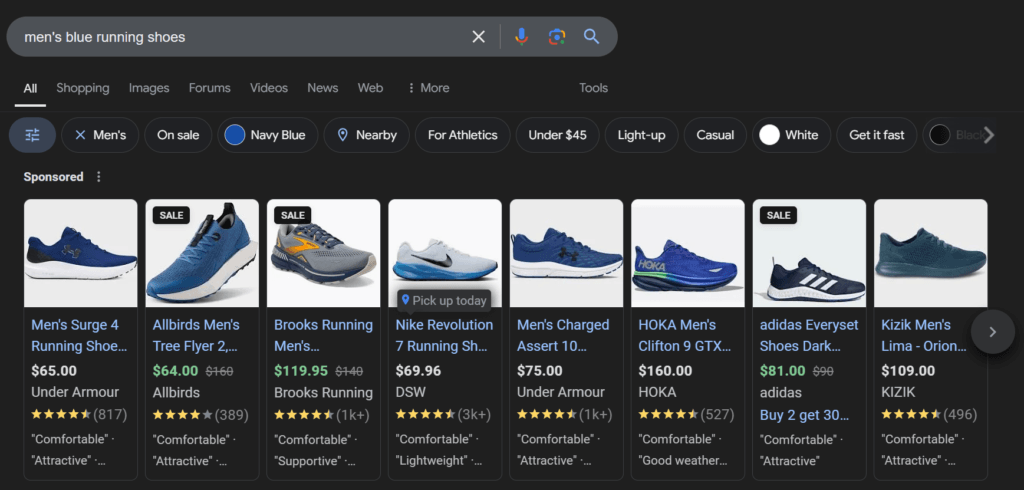
So, GEO won’t replace SEO because both are valuable to catering to all stages of the funnel.
How do you measure GEO results?
One of the most challenging aspects of generative engine optimization is measuring results. It’s hard to know if you’re appearing in generative results without actually searching to see. As of right now, the best solution is to search queries you’re optimizing for and see if you appear.
So, if you’re optimizing for “Where can I get the best taco in Dallas?” you want to search that conversational query on different generative engines to see if your brand appears in the results.
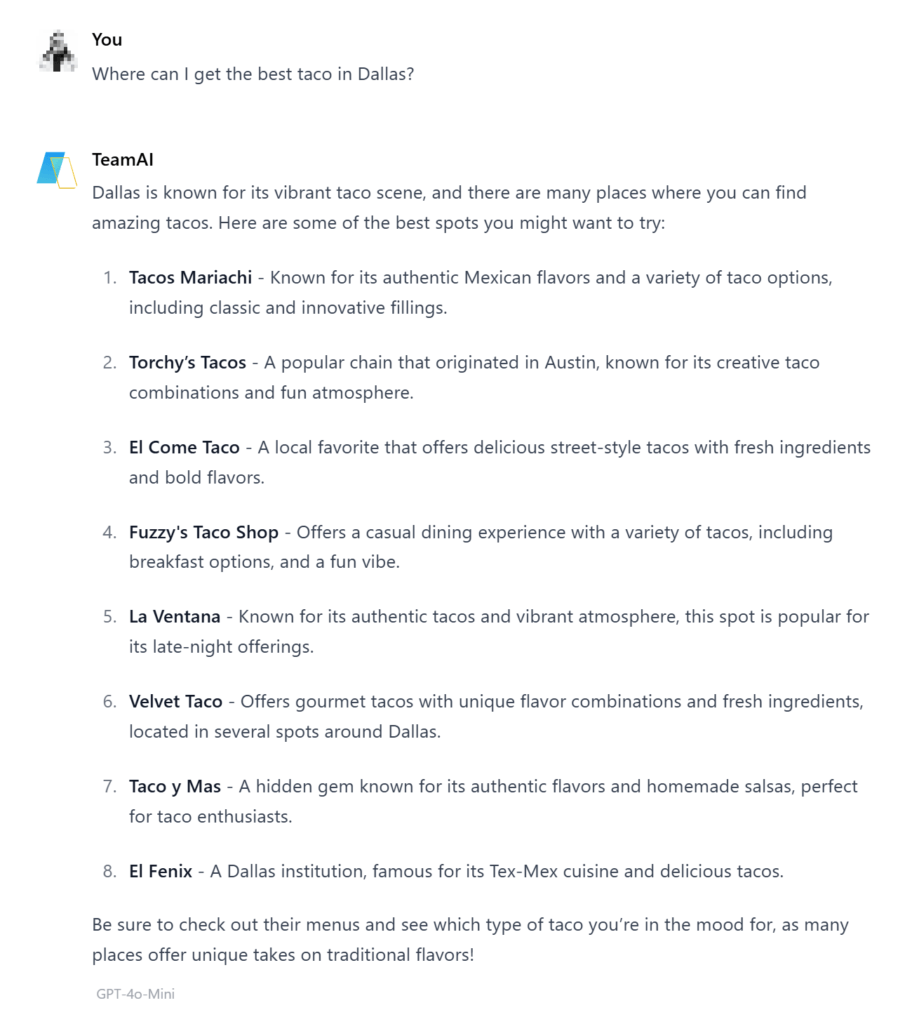
In the future, there may be better ways to measure, but for now, you may have to type your conversational phrases and keywords into generative platforms to see if they’re ranking or if you’re cited in the results.
Does the structure of my content matter for GEO?
Yes! You need to have content that’s clear, organized, and well-structured — this type of content makes it easier for AI bots to crawl and understand the context of your page.
WebFX can help you prepare for a GEO future
Generative engine optimization is new now, but it will soon become a normal part of your search strategy. If you want to get ahead of the curve and start optimizing now, consider partnering with WebFX!
Our OmniSEO™️ approach will help you optimize for traditional search engines, like Google, and generative AI engines, like ChatGPT and Claude. Our custom, revenue-driving strategies focus on helping you boost your visibility across search platforms, so you can increase leads, revenue, and bottom-line growth.
Ready to get ahead in the SEO game? Contact us online or call us today at 888-601-5359 to speak with a strategist about our GEO services!
-
 Macy is a content marketing consultant with over five years of experience creating content for dozens of industries including home services, recreation, and education. She’s written about every marketing topic under the sun, from SEO to AI to email marketing. Her work has been featured by Search Engine Journal, HubSpot, Entrepreneur, Clutch, and more. In her free time, Macy enjoys crafting, reading comic books, and walking her dog Daisy.
Macy is a content marketing consultant with over five years of experience creating content for dozens of industries including home services, recreation, and education. She’s written about every marketing topic under the sun, from SEO to AI to email marketing. Her work has been featured by Search Engine Journal, HubSpot, Entrepreneur, Clutch, and more. In her free time, Macy enjoys crafting, reading comic books, and walking her dog Daisy. -

WebFX is a full-service marketing agency with 1,100+ client reviews and a 4.9-star rating on Clutch! Find out how our expert team and revenue-accelerating tech can drive results for you! Learn more
Try our free Marketing Calculator
Craft a tailored online marketing strategy! Utilize our free Internet marketing calculator for a custom plan based on your location, reach, timeframe, and budget.
Plan Your Marketing Budget

Proven Marketing Strategies

Proven Marketing Strategies
Try our free Marketing Calculator
Craft a tailored online marketing strategy! Utilize our free Internet marketing calculator for a custom plan based on your location, reach, timeframe, and budget.
Plan Your Marketing Budget
What to read next





